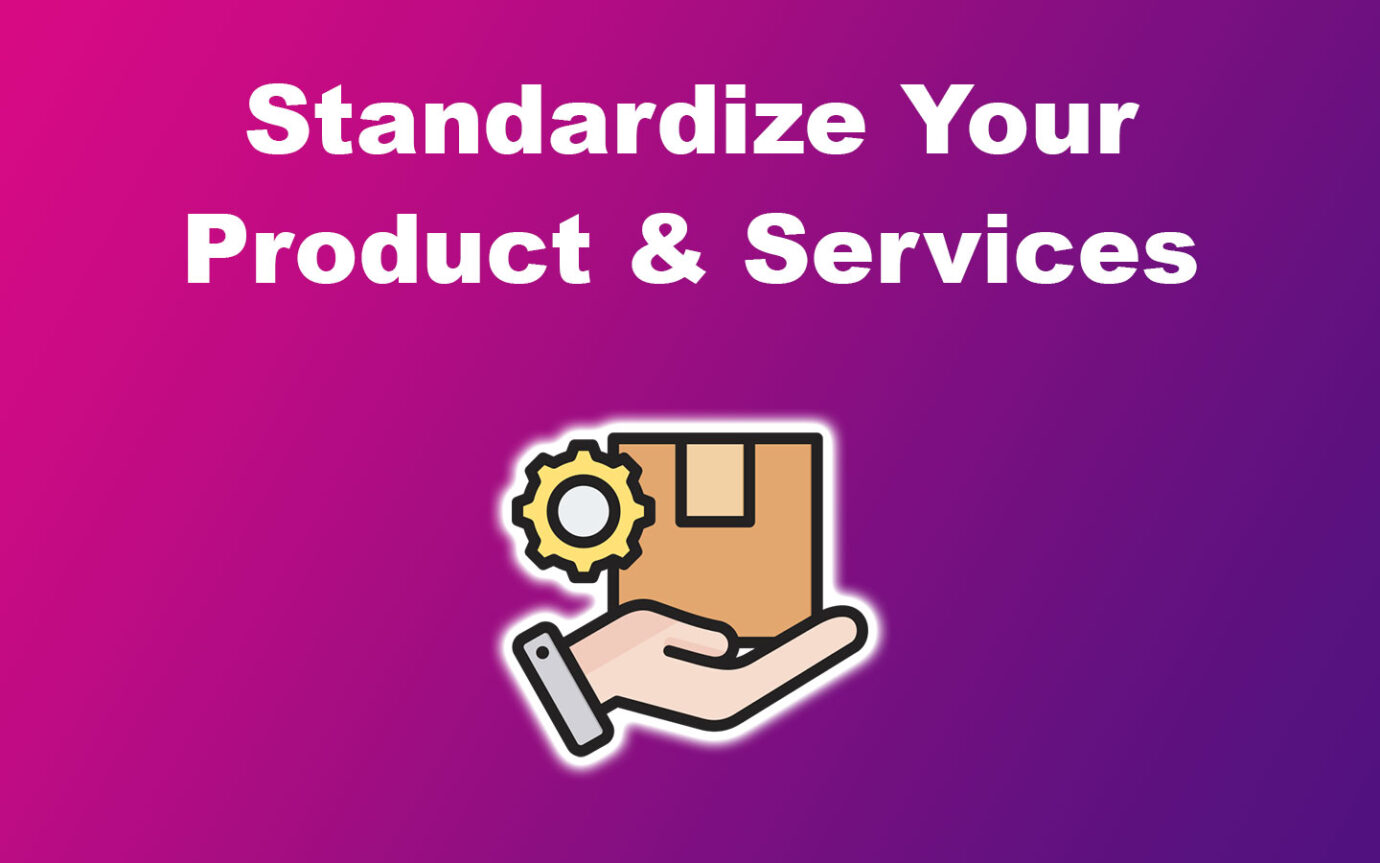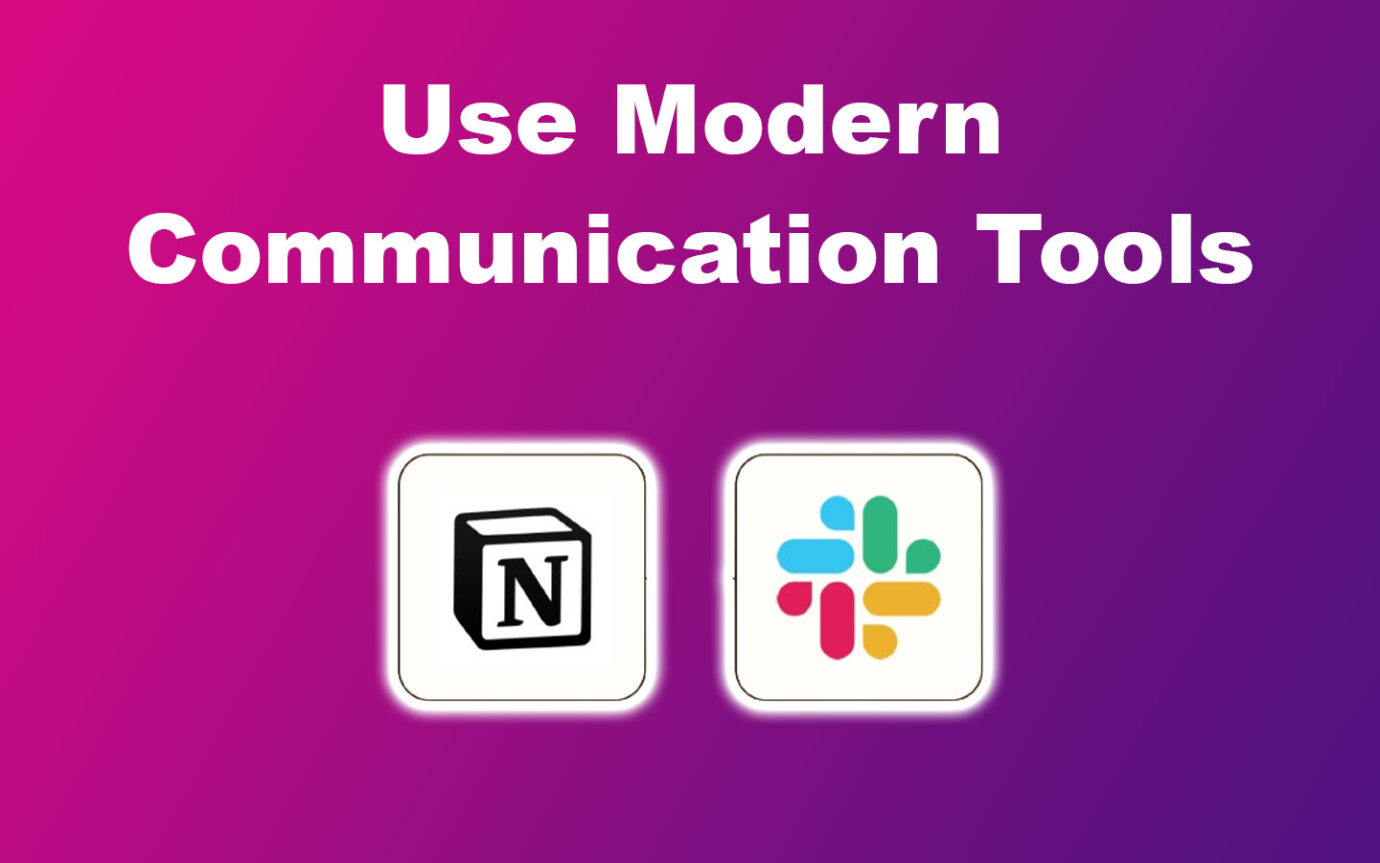Are you looking to grow or improve your business? There are different ways to scale operations for start-ups and small and large organizations. The methodologies offer solutions and strategies to address the challenges of improving your business.

So, how can you scale your operations for consistent productivity? Read on to discover when to scale and other processes for growing your business.
What Does It Mean to Scale Your Business?
Scaling a business means growing its operations to achieve growth and meet demand. It follows cost-effective processes to increase sales, competitiveness, or audience reach and minimize potential losses. Scaling achieves this by leveraging the available resources like technology.
You should be ready to restructure your company’s scaling practices to function. The readjustments include prepping for onboarding workers and revamping your communication strategies.
When to Scale Your Business
Some organizations find scaling demanding. Therefore, knowing your business’s readiness to scale is key to protecting your additional investment and restructuring.
Here’s when to scale your business:
- If Demand Is Improving.
A consistent increase in your product’s/service demand is a good time to consider scaling. You’ll easily invest with the gained profit and get quick returns. - Arise of New Operations.
Business growth comes with increased activities. These functions require focus in the form of funds and time commitment, especially in their starting stages. -
If There’s a Need for Experienced Employees.
You’ll need to outsource for experienced labor if your operations are in demand. This includes the recruitment of leaders who can manage new departments and positions.
- When You Require Partnerships to Grow Your Business.
When you plan to offer new services as a form of business growth, you might require the involvement of investors. For instance, you need a delivery partner to deliver your products door-to-door. - Need to Improve Current Business Operation.
Scaling comes in handy when your normal business activities are stagnant. You can notice this when your competitive edge decreases. Learn more about scaling your sales team for a better business operation. - When your Revenue Is at Capacity.
Your revenue can be tight due to high demand or increased expenses on employees’ needs. Therefore, you can standardize your expenditure or services/goods’ prices for sustainability.
Here’s more on when to scale operations from the Forbes.
How to Scale Your Operations in 2023?
Depending on the reason for scaling your business, various ways exist to manage and solve scale drawings. The methods depend on the available resources and your business’s capability to adapt them.
Here’s a look at how to scale operations for sustainable growth and improvement:
Step 1: Improve Your Financial Planning
Working on your financial planning is key to preparing for rising expenses and strategies. The plan involves getting capable investors or focusing on reliable financial opportunities.
You can consider crowdfunding, equity financing, and approaching investors or partnerships. Loans, debit, or credit are perfect for scaling up in math. However, you must evaluate the specific financial need to avoid unnecessary debts.
There are safer loan options, such as short-term and conventional loans. They help in securing significant amounts to sustain your scaling process. You can get short-term loans from different approved entities like Fastcapital360.
Meanwhile, conventional loans are available from banks or unions if you pay credit in advance.
Step 2: Standardize Your Product and Services

Scaling via standardization involves uniformizing all organizational operations. This approach helps save costs. For instance, you can cut down expenditures on an unnecessary organizational process and channel them to other core departments, such as production.
Standardization is a great way to scale horizontally. It helps balance your operations and allows you to monitor any loopholes closely. Your business plan’s flexibility in adapting to the changing marketing environment is crucial for its success.
This includes when trying to keep up with your competitors.
Step 3: Automate Business Processes
Your growing business may have repetitive tasks like emailing, data entry, and cataloging. These tasks tend to consume time and delay certain organizational functions. Automating these activities through technology helps increase productivity.
Some tools, like Zapier, can help manage emails, and some, such as Zoho, can assist with workflow and employee management. Additionally, automation technologies can help cut costs on tasks that need more focus or multiple workers.
Here are more details on Automating and scaling your operations from LinkedIn.
Step 4: Improve Team Dynamics and Operations
Solving scale drawings also involves evaluating and improving your team dynamics. The goal is to motivate your employees to behave accordingly and interact productively and professionally. This can be helpful when your business operations rely on collaborative efforts.
There are several ways for a team leader to achieve better team dynamics. This includes promoting equitable knowledge sharing between different business departments. Therefore, a leader must also consistently update and share the organization’s goals with the team.
Step 5: Use Modern Communication Tools

Another way to scale and enhance productivity or collaboration is to improve the company’s communication channels. For daily business communication, you can switch from traditional forms to modern ones, like Slack.
Slack is handy for remote organizations and helps leaders follow up on work progress.
You can also integrate Slack with other platforms, such as Notion. Notion is an all-in-one workspace that helps you assign and track tasks. These platforms and integrations make communication between workers easier and allow data sharing, including large files.
Step 6: Outsource Employees
Introducing new business practices requires qualified labor for ample productivity. You can strategically outsource for cost-efficient workers to make sure you stay within the projected budget.
Remote businesses can outsource cheap virtual assistants from countries like the Philippines. Luckily, they come trained. You only have to do an onboarding process to brief them regarding the company’s culture and operations.

The outsourced employees can be part-time or full-time. Contracts are the best hiring form for a start-up or when dealing with temporal business services.
Here are additional details on how to scale your operations from Indeed.
What Is the 6 S Framework for Scaling?
An effective scaling process follows a systematic approach to dealing with different business factors. The 6 ‘S’ framework best describes how to realize, plan, and handle various scaling processes. The procedure covers all organizational sectors and parties, thus ensuring its effectiveness.
Here’s how to scale an organization through the ‘S’ framework:
- Speed.
It’s necessary to evaluate and predict your business’s growth rate. The strategy helps you know when to expect changes, enabling you to plan for expansion factors like hiring. - Structure.
The business structure should support and accommodate scalability through the workforce and the operations. - Shared Values.
This involves how employees relate and collaborate in your business space. Having shared values enhances a positive working culture, thus supporting scalability. - Staff.
Always ensure you keep your employees motivated. Creating a transparent organizational culture ensures your workforce aligns with the scalability process. - Scope.
You should research areas that provide the best opportunities. This also includes geographical areas and specific markets that offer the best value for scaling your operations. - Series X.
Ensure that your financial strategy aligns with the scaling plan. To understand the required investment, you can evaluate market gaps and their needs.
How to Scale Operations Is Easy
Scaling operations is necessary for businesses’ growth and evolvement stages. It helps them create organizational balance and growth.
The article discusses the most cost-effective and reliable methods for scaling your business. To avoid inconveniences, ensure you understand when to scale your operations. You can always depend on the ‘S’ framework to identify markets, skills, and growth gaps.
